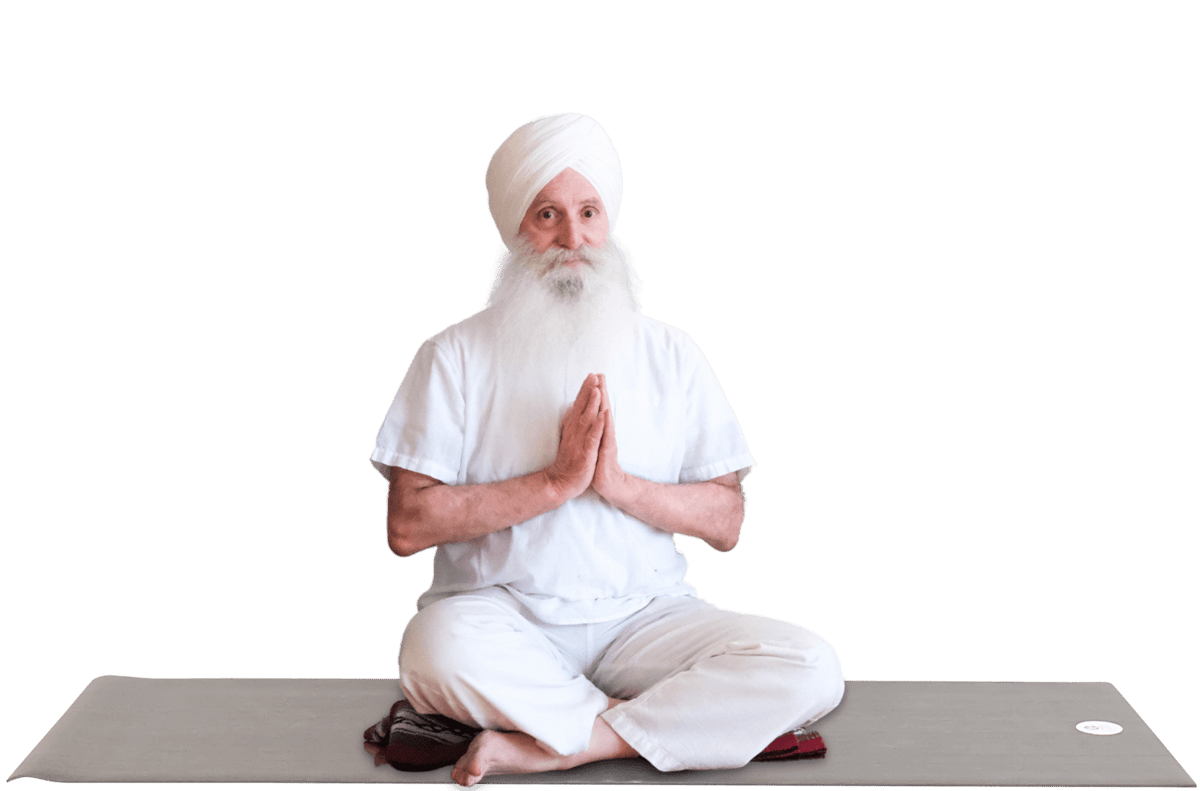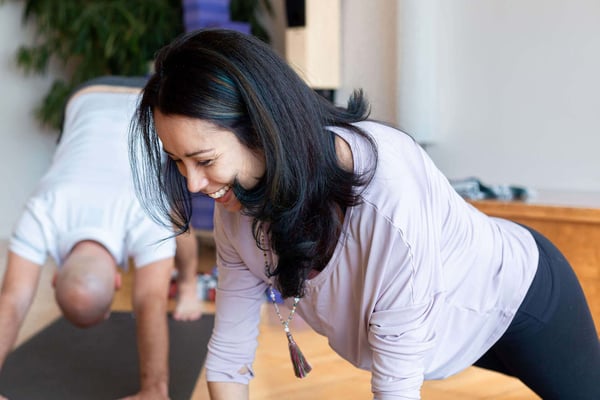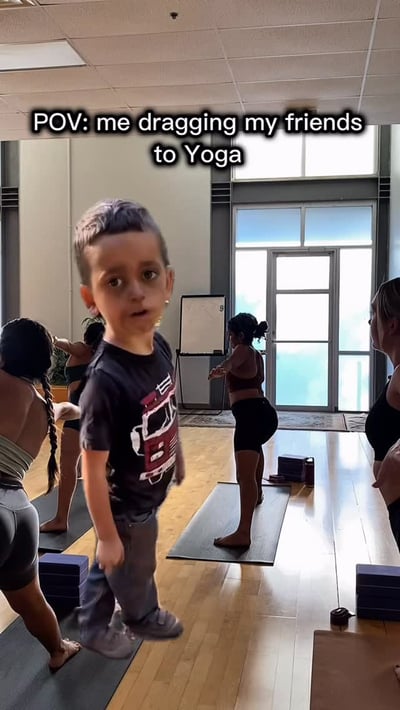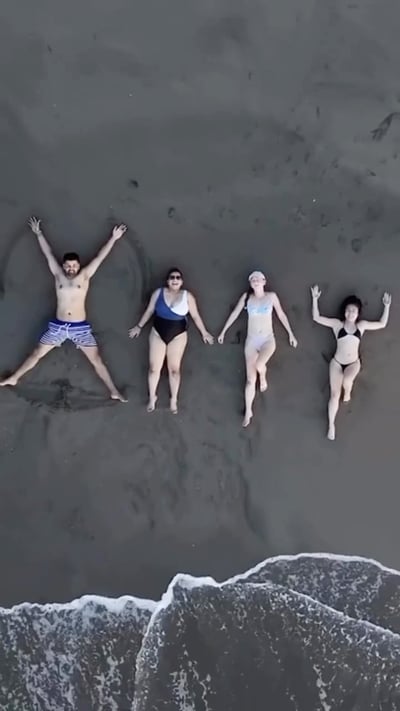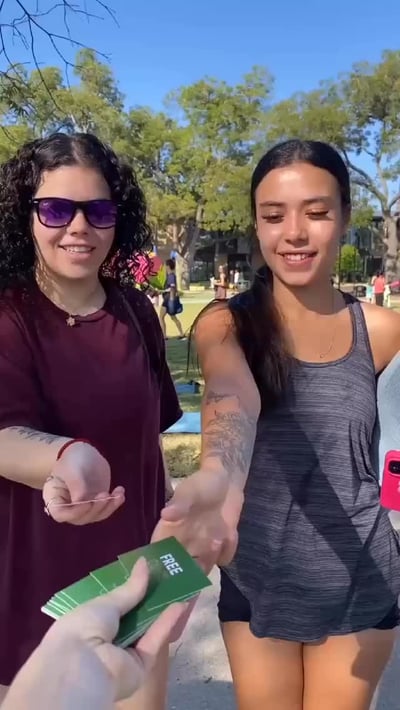Kundalini yoga is a unique, stress-relieving practice, described as a sleeping, dormant potential force in the human organism. A component of the “subtle body”, the Kundalini practice is deemed to awaken the energy and consciousness, coiled in the root chakra at the base of your spine, and ascend to the 7th, enlightened crown chakra...
Chakra? Enlightened? .. what?
If you’re new to Kundalini, or yoga in general, no worries! In layman’s terms, Kundalini is a spiritual practice as much as it is physical, and it is a cherished option from beginners to advanced yogis alike. So, if this is your first time here, you’re in the right place! And, if you’re a returning, die-hard practitioner, welcome back.
Let’s start with the basics. In a typical Kundalini class, there are three parts:
- An opening chant, or “tuning in”
- A “kriya”, which is a sequence of postures paired with breathing techniques, and a brief warm-up for your spine
- A closing meditation with the sound of gong or song
Different kriyas use different breaths, and the most popular breathing technique is “Breath of Fire”. With sealed lips, you take short, quick breathes, in and out of the nose, at the rate of about two to three breathes per second (yes, a bit like a dog panting…). As you breathe, air is expelled in powerful spurts, engaging your core, as well as reducing stress, boosting brain function and improving respiratory health.
Chanting and singing are major components of Kundalini, and while there are endless mantras and songs, most classes start with Adits Mantra, which means - “I bow to the subtle divine wisdom, the divine teacher within.” Another common chant is Sat Nam, which means - “I am truth.”
Kundalini classes are meditation-heavy. Each set has different poses that involve movement, breathing techniques, mindfulness and a mantra. Between postures, you have a minute or two to relax, reflect, focus inward, and after the entire set, relaxation is followed by meditation, and a closing mantra to take with you.
According to research, Kundalini yoga can impact cognitive function, boosting both concentration and memory, and the Alzheimer’s Research and Prevention foundation even recommended a Kundalini kriya for improvement of memory retention. It is no surprise the practice’s seen a meteoric rise, and we’re here for it!
One last question… why do the Kundalini yogis where white? The color white is thought to ward off negative energy and extend your own aura. You do not have to wear head-to-toe white, but you’ll see it’s quite common! Teachers often wear a white head covering, such as a hat, scarf or turban to contain the energy in the body.
So… what do you think? Kundalini can be a bit odd at first, we know. But, we love it. Given a chance, we think you will, too.
30 day trial for $30
